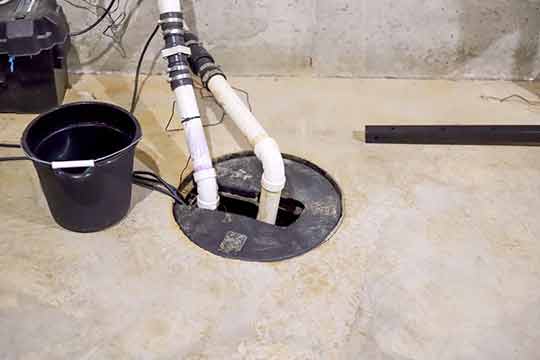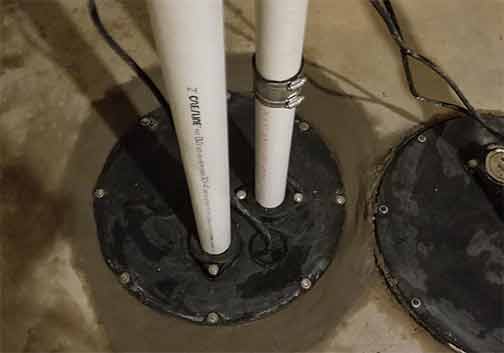
Basement water problems can be a nightmare for homeowners. Flooding, leaks, and excess moisture not only cause structural damage but also pose health risks. One effective solution to combat such issues is the installation of a sewage ejector pump. This homeowner’s handbook aims to provide a comprehensive understanding of sewage ejector pumps and their role in mitigating basement water woes.
1. Understanding Sewage Ejector Pumps
Sewage ejector pumps are mechanical devices designed to remove and transport sewage from a building’s basements or lower levels to a septic tank or municipal sewer system. Unlike sump pumps that primarily handle clear water, sewage ejector pumps are specifically engineered to handle wastewater containing solids, such as human waste, toilet paper, and other debris.
2. How Sewage Ejector Pumps Work
Sewage ejector pumps are typically installed below the basement floor or in a specially constructed pit known as a sewage basin. When wastewater enters the basin, the pump activates automatically, grinding and macerating the waste into smaller particles. These particles are then pumped out through a discharge pipe into the main sewer line or septic system.
3. Benefits of Sewage Ejector Pumps
Installing a sewage ejector pump brings numerous benefits to homeowners facing basement water woes:
– Efficient removal of wastewater: Sewage ejector pumps can handle large quantities of wastewater efficiently, preventing backups and floods.
– Reduced health risks: By swiftly eliminating sewage from the basement, these pumps reduce the risk of harmful bacteria and mold growth, improving indoor air quality.
– Protection against property damage: With their ability to carry solids, ejector pumps safeguard the basement against water damage, preserving the structural integrity of the building.
4. Factors to Consider before Installation
Prior to installing an ejector pump, homeowners should consider the following:
– Basement layout: Assess the layout of the basement to determine the most suitable spot for the pump installation, ensuring optimal performance and easy access for maintenance.
– Pump capacity: Calculate the required pump capacity based on the size of the household and expected wastewater volume to choose a pump that can handle the load effectively.
– Power supply: Ensure the availability of a dedicated electrical circuit with the appropriate voltage and wiring to power the pump reliably.

5. Maintenance and Troubleshooting
To ensure the longevity and proper functioning of ejector pumps, regular maintenance is necessary. Consider the following maintenance tips:
– Regular inspection: Check the pump, float switch, and inlet pipes for any blockages, leaks, or signs of wear. Clean and remove debris if necessary.
– Testing the float switch: Test the float switch periodically to ensure it activates and deactivates the pump correctly.
– Professional servicing: Schedule professional servicing every few years to inspect major components, clean the pump, and address any potential issues.
6. Alternatives to Ejector Pumps
In some cases, homeowners may consider alternative solutions for basement water problems:
– Exterior waterproofing: Applying waterproof coatings and installing a French drain can help prevent water from entering the basement in the first place.
– Gravity drainage: Homes with adequate slope and access to a municipal sewer line might opt for a gravity-based drainage system to eliminate the need for a sewage ejector pump.
Wrapping it Up
Ejector pumps offer an ultimate solution for homeowners plagued by basement water woes. Their ability to efficiently remove wastewater containing solids helps prevent floods, protect against property damage, and reduce health risks. By understanding the working principles, considering installation factors, and practicing regular maintenance, homeowners can harness the full potential of these pumps to keep their basements dry and problem-free.

